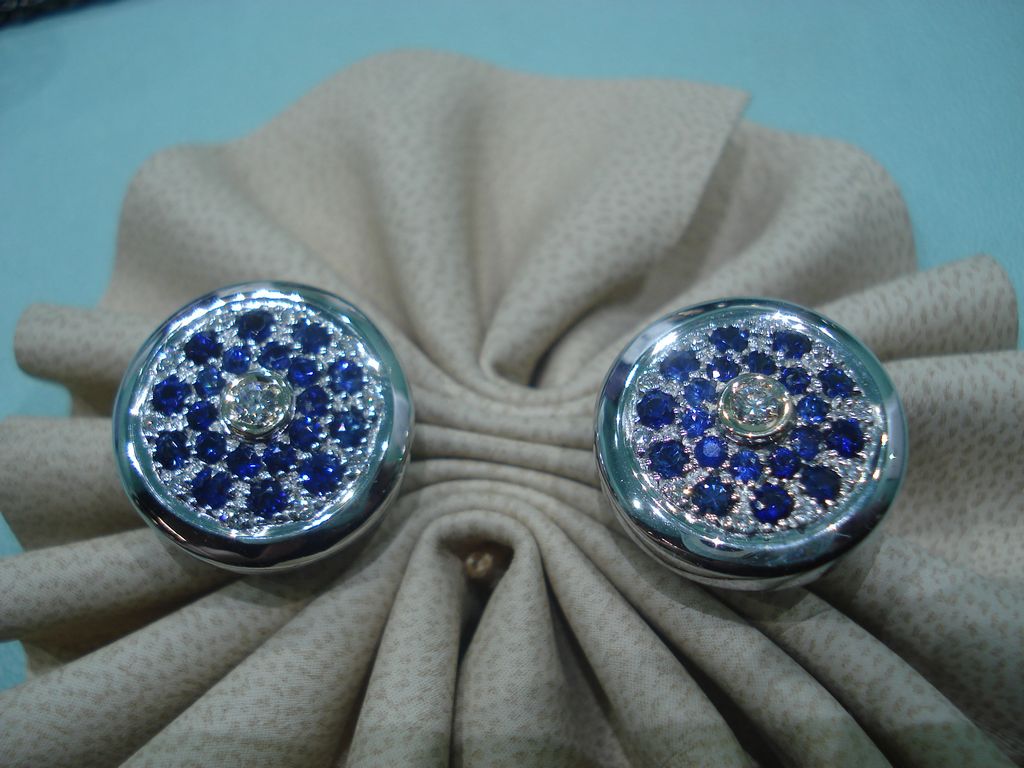
The history of pontino precious metal work began in the fourth century B.C. and was initially distinguished by a certain austerity, then became an element of artistic expression with the advent of the Roman Empire and the annexing of much of the Hellenic world. The beauty of the jewelry became a tool adopted by the new political figures to show off the importance of their positions.
The gold used by the goldsmiths was often provided by their customers, who noted down the weight of the material and then compared it against that of the finished object. Production was largely directed towards sacred and ritual objects, which increased in conjunction with particular events such as the Holy Years and also the presence of the Abbeys of Valvisciolo and Fossanova in the area.
The alloy that is generally used in Italy is the 750/1000, of which 3/4 is fine gold and the remaining 1/4 is divided between silver and copper.
The jewelry is made almost exclusively by hand and the process is divided into three parts: preparation of the metal, creation of the jewellery and finishing.
Further subsequent processes for the precious metal work include chiseling, embossing, lost wax casting, engraving and setting precious stones.
The art of goldsmithery is also used to decorate and embellish wooden frames, which are prepared by applying “rabbit skin glue” to the frames and several layers of Bologna plaster. After this the design is added through a gold leaf that has been wiped with a pad soaked in color.
The “laying of the gold or silver leaf” is carried out by lightly wetting the frame with a brush. Then a flat brush charged with static electricity lifts the gold leaf and places it on the frame.
Once the frame is dry, the "burnishing" begins: several sections are polished with agate stone to create glossy/matte contrasts that enhance the aesthetic of the product by personalizing the decoration.
The creation of the work ends by “fixing” and “coating” the frame with shellac, which is adjusted with aniline and biting bitumen, depending on the desired tone.
The Province of Latina and a land of myths and legends, praised by Homer and Virgil. Places of interest include the rationalist architecture of Agro Pontino, Circeo National Park, the Abbey di Fossanova, the Garden of Ninfa, the Temple of Jupiter Anxur on Monte S. Angelo, the San Magno Monastery and the Madonna della Civita Sancturary.
By Camera di commercio di Latina with Unioncamere



